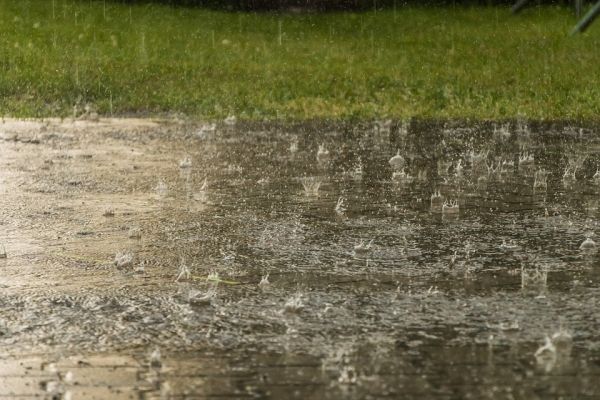When a heavy storm hit in October, residents of the floating community of Schoonschip in Amsterdam had little doubt they could ride it out. They tied up their bikes and outdoor benches, checked in with neighbors to ensure everyone had enough food and water, and hunkered down as their neighborhood slid up and down its steel foundational pillars, rising along with the water and descending to its original position after the rain subsided.
“We feel safer in a storm because we are floating,” said Siti Boelen, a Dutch television producer who moved into Schoonschip two years ago. “I think it’s kind of strange that building on water is not a priority worldwide.”
As sea levels rise and supercharged storms cause waters to swell, floating neighborhoods offer an experiment in flood defense that could allow coastal communities to better withstand climate change. In the land-scarce but densely populated Netherlands, demand for such homes is growing. And, as more people look to build on the water there, officials are working to update zoning laws to make the construction of floating homes easier.
“The municipality wants to expand the concept of floating because it is multifunctional use of space for housing, and because the sustainable way is the way forward,” said Nienke van Renssen, an Amsterdam city councilor from the GreenLeft party.
Read more at Yale Environment 360
Photo Credit: Benfe via Pixabay


